7 common questions about sashiko answered
Have the most common questions about sashiko answered | Beginner questions about the Japanese stitching technique answered
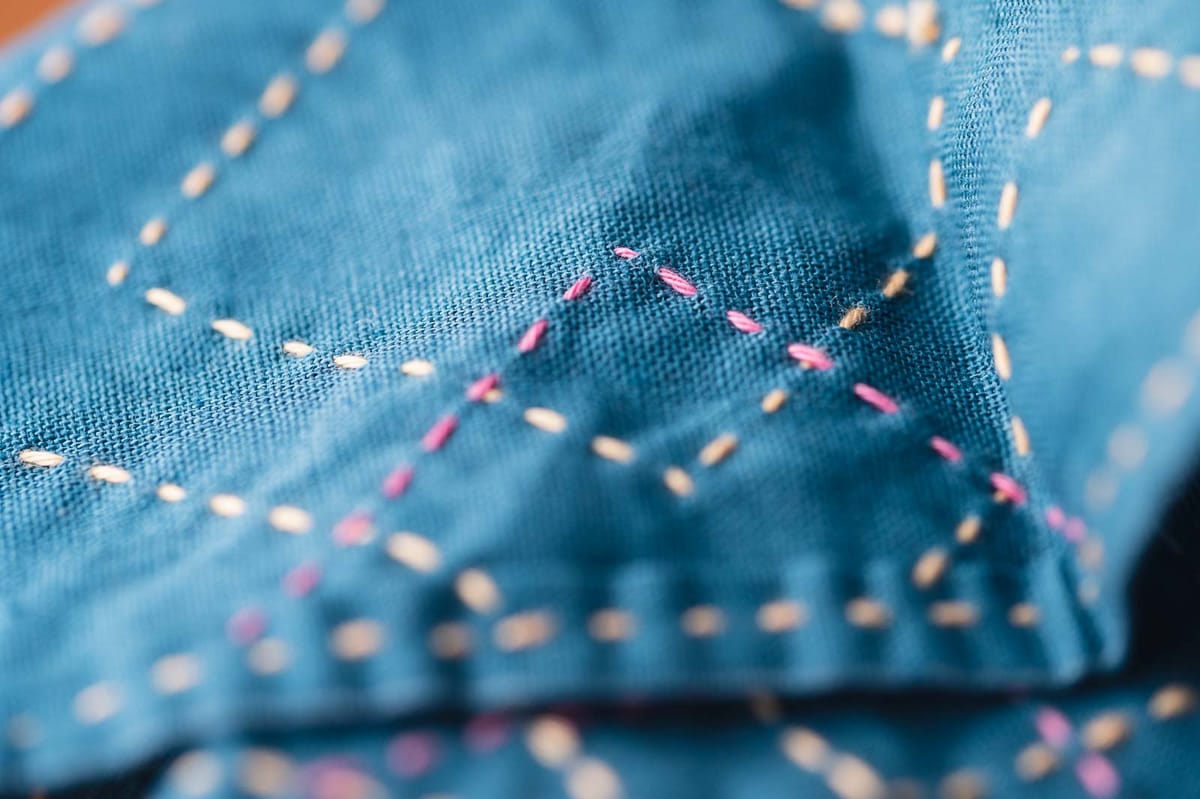
Learning more about the Japanese stitching technique made it more fun for me. Maybe you're the same type? So let me answer these questions for you:
- Where did sashiko originate from?
- What does the word "sashiko" mean?
- What is the meaning of sashiko stitching?
- What are the different kinds of sashiko?
- Is sashiko easy?
- Is sashiko expensive?
- What tools do I need to try sashiko?
Stitches on the Run is reader-supported. When you buy through links on my site, I may earn an affiliate commission. It doesn't cost you anything extra but it helps keep my blog and my stitches running. Thanks!
Where did sashiko originate from?
Sashiko originated from Japan. Although the exact beginnings are lost in the everyday hardships of Edo Japan, sashiko is believed to have developed in the Tōhoku region more than 400 years ago.
According to research conducted by Yanagi Muneyoshi 柳宗悦, sashiko developed out of a need to keep warm and save resources in Japan's frugal north.
In 1724, when the nōkaken'yakubungenrei 農家倹約分限令, was issued, commoners weren't allowed to wear cotton anymore. Instead, they had to resort to indigo-dyed linen, which offered little protection from the cold climate during winter.
In these dire circumstances, the simple running stitch prospered and evolved into what is known as sashiko today.
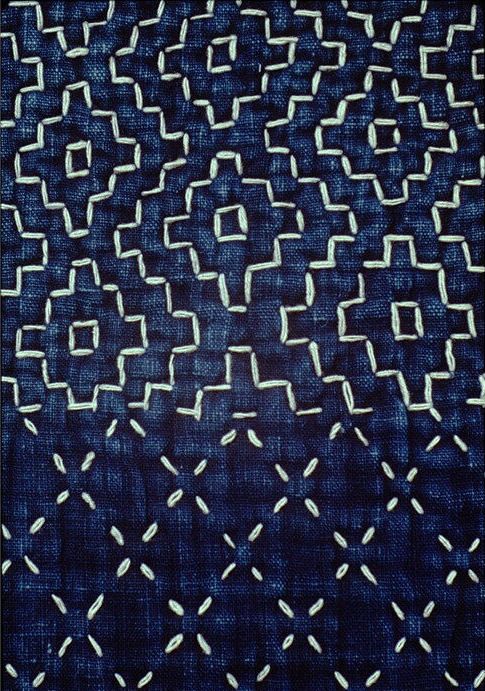
What does the word sashiko mean?
Sashiko is usually written like this in Japanese:
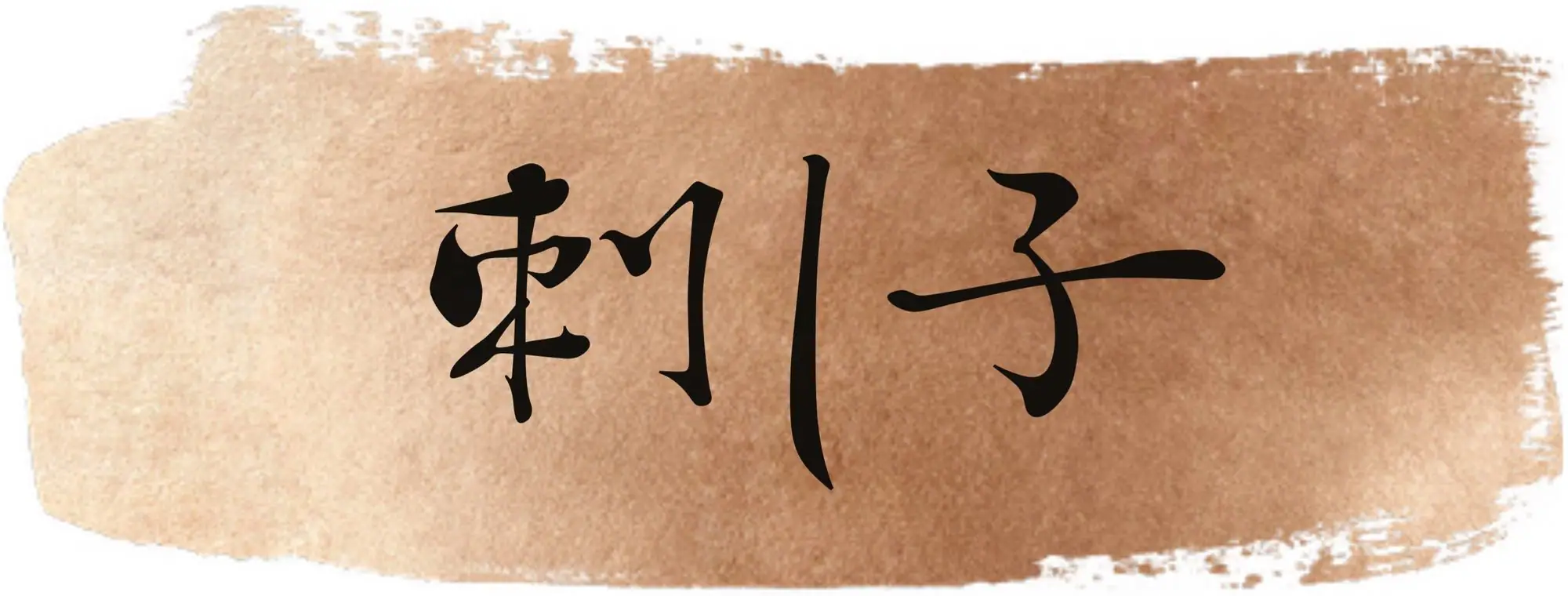
The word consists of two parts: sashi 刺し and ko 子.
"Sashi" is the continuative form of the verb "刺す", which means "stab" or "pierce."
"Ko" means "child" but can also be used as a kind of diminutive and it has an endearing effect.
For several decades, "ko" was all the rage as the last letter in girls' names. Sachiko, Kikuko, Hanako, Yasuko, Emiko, and so on are all very typical names for women who are now in their 40's-60's, with some early adapters are already in their 80's.
Sashiko is often translated as "little stabs". As someone who is fluent in Japanese, I feel like it is a terribly insufficient translation. But it is definitely closer to the Japanese term than the literal translation "piercing child".
There is no perfect translation that would convey exactly how Japanese people perceive the Japanese word "sashiko." Maybe that's why there never evolved a silly English translation like "stabby-stab."
What is the meaning of sashiko stitching?
Despite starting out as a mere necessity, over time sashiko stitching developed a deeper meaning.
While sashiko evolved into an artistic and beautiful stitching technique, it should not be forgotten that sashiko developed for practical and economical reasons.
If you were a commoner in northern Japan during the Edo period, you did not have much choice: you had to use sashiko in order to stay warm. You also couldn't afford to buy new clothes when your current clothes showed any signs of wear. So you had to prolong the life of each garment with sashiko.
We should assume that people in the past found sashiko just as beautiful as people today. But in those times, people naturally connected sashiko with poverty and low social status.
Thankfully this connotation was lost and nowadays it implies a more positive aspect of mindfulness and environmental awareness.
But sashiko also has the simple meaning of "making stronger." As the stitches make the fabric stronger, the fabric is supposed to make its wearer stronger.
Not only the strength of the fabric has meaning, but the patterns, too, have different meanings. Some ward off evil, some represent a wish for healthy growth, and some aim at economical fortune.
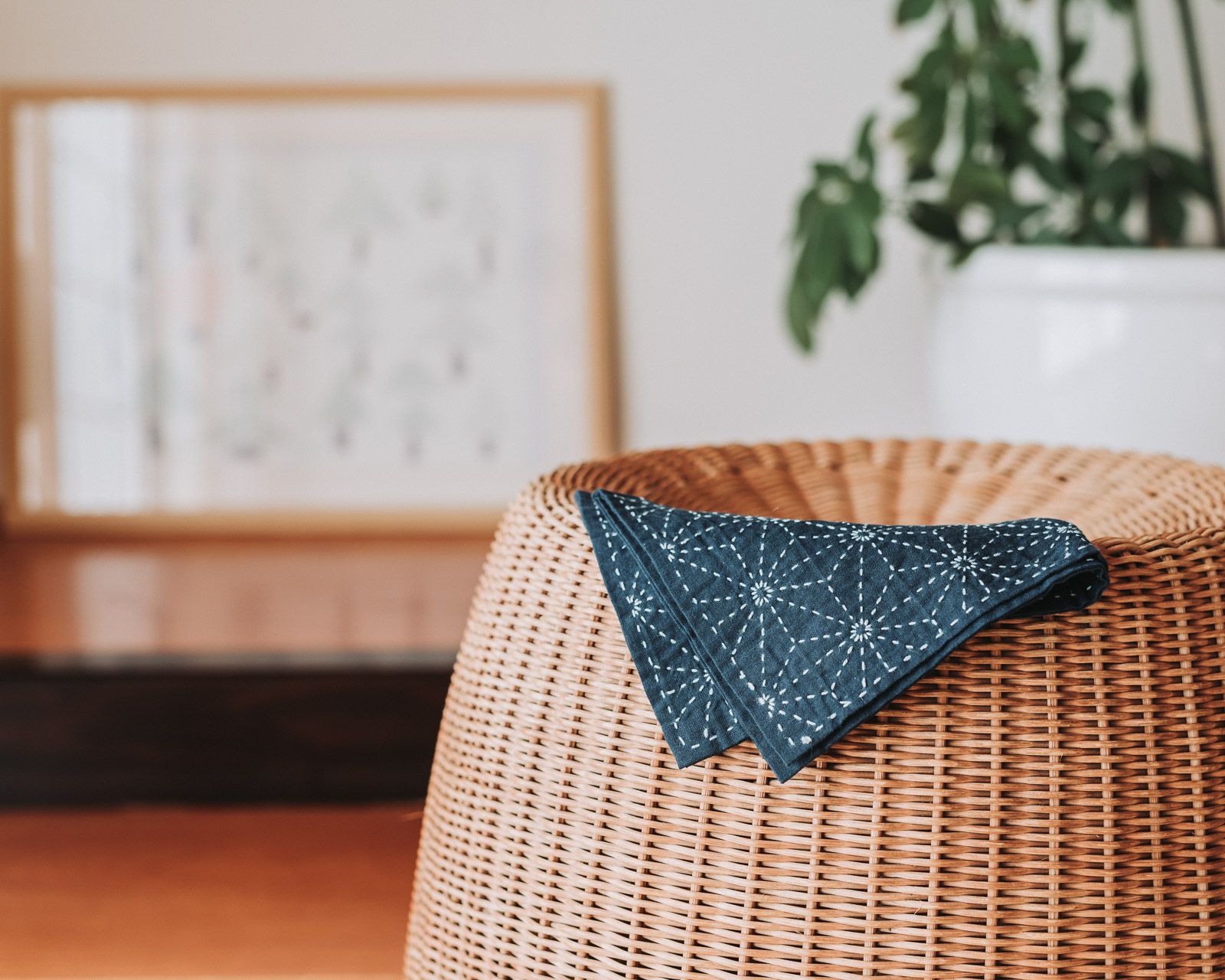
What are the different kinds of sashiko?
Sashiko can be divided into various styles. Hitomezashi or hitomesashi 一目刺し and moyōsashi 模様刺し are probably more popular or at least better known outside of Japan. Another variation is kugurizashi 潜り刺し.
In Tsugaru, Aomori, sashiko developed into koginzashi こぎん刺し.
South of Tsugaru but still in Aomori, 菱刺し hishizashi became prevalent. In the Shōnai region of Yamagata, the style developed into shōnaisashi 庄内刺し.
Koginzashi, hishizashi, and shōnaisashi are called: Sandaisashiko 三大刺し子, "the big three of sashiko."
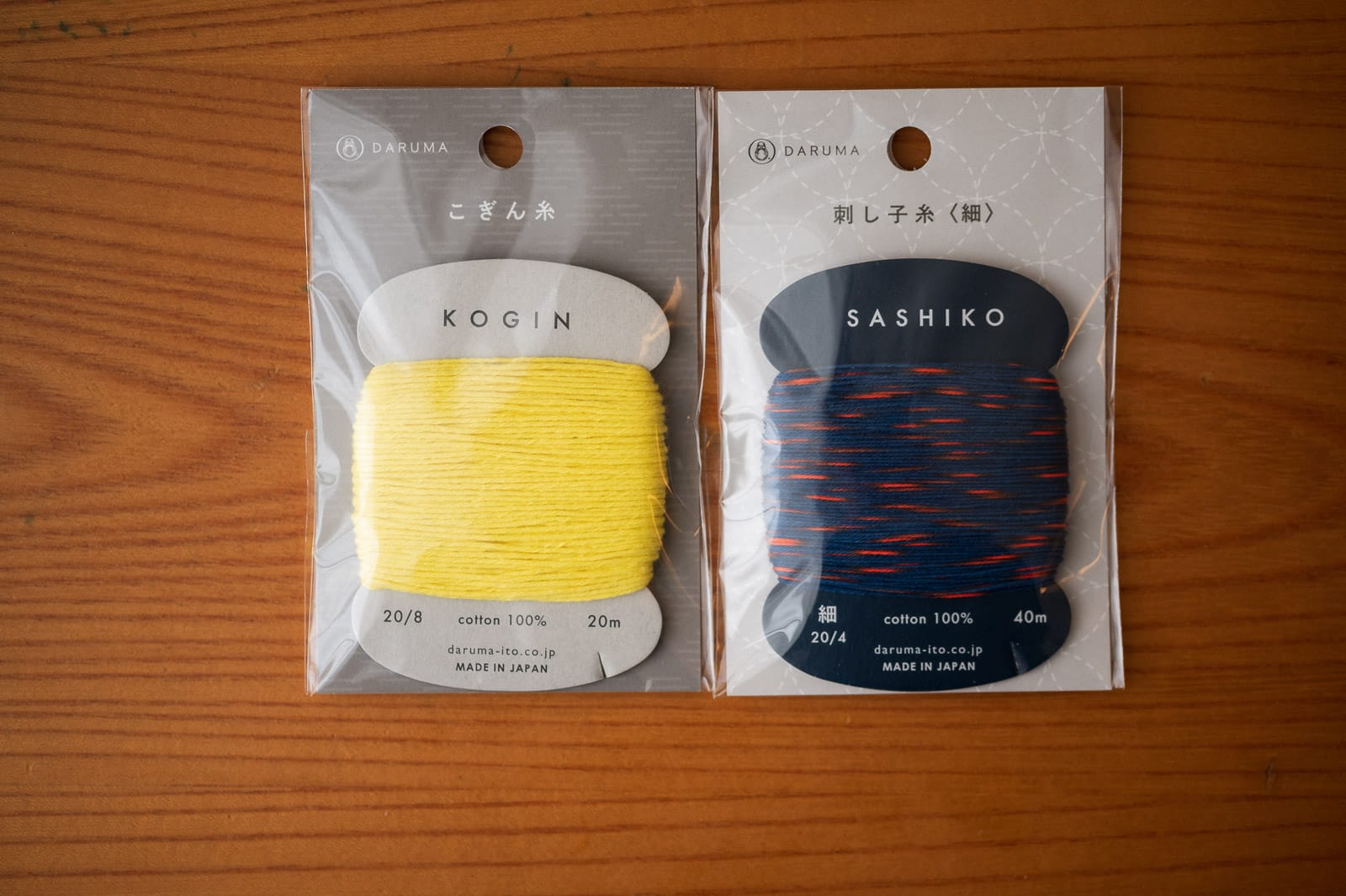
Is sashiko easy?
The stitching technique itself is easy. Though there are some difficulties, anyone can make beautiful sashiko.
But becoming a skillful sashiko artisan is no minor feat. The most important prerequisite is probably a true love for the art and interest in its history.
Here are some tips on how to keep your stitches straight.
Is sashiko expensive?
If anything, sashiko is the opposite of expensive. The only major investment it requires is that of a good needle and some thread.
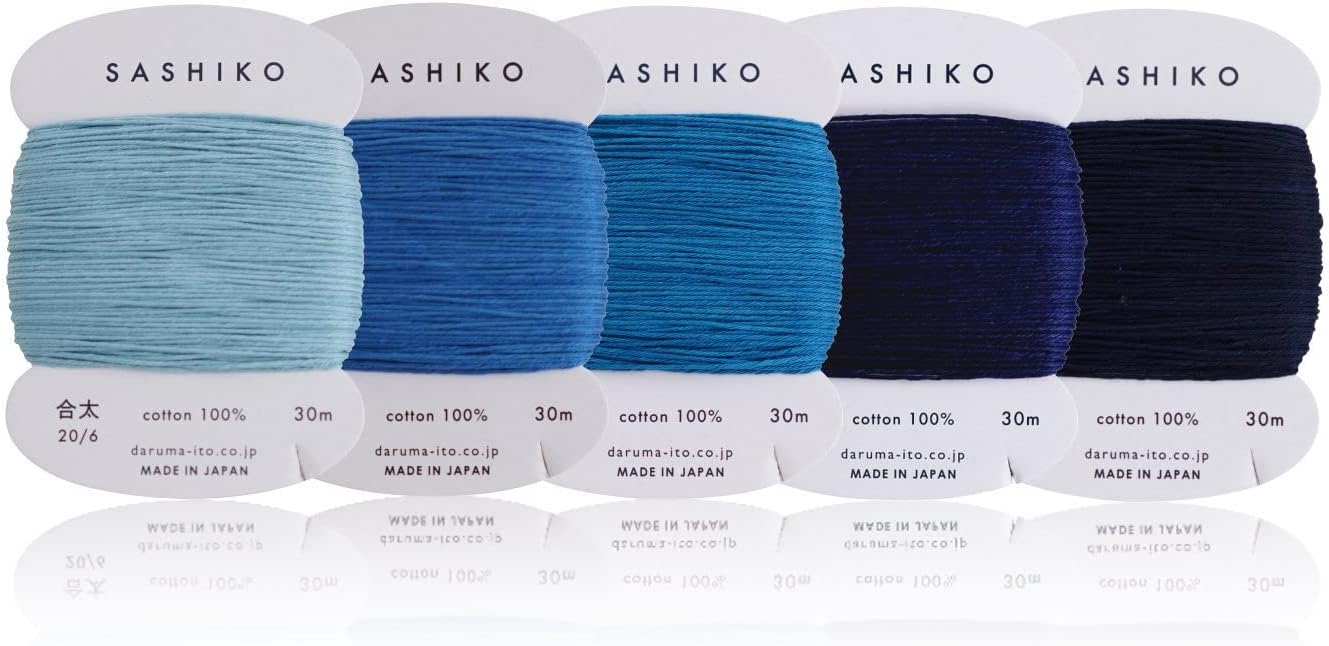
Sashiko thread by Daruma
Some of the best thread I've ever used. Daruma thread doesn't tangle because it is on cards and the colors don't bleed when washed.
Apart from that, you don't need to spend any money. A palm thimble is necessary to use the sashiko technique for fast and even stitches. You can easily make your own palm thimble or buy one online.

Sashiko can be used to extend the life of a favorite garment indefinitely. It can be applied to turn a mass-produced product into a unique custom design product and it can be used to make affordable treasures instead of buying expensive presents to give out to your favorite people.

Let's agree that sashiko is anything but expensive. If you make it yourself.
What tools do I need to try sashiko?
The only two things that you really can't do without if you want to do sashiko are a good needle and some thread.
Sashiko needles and sashiko thread are best, but if you just want to have a dabble, use thread that fits through a needle you have and try it out.
If you try sashiko and you like it, I highly recommend you add a palm thimble to your tools.
Pre-printed cloth can make your life easier in the beginning. It's definitely not necessary, but if you want a head start, these are a great choice.
Especially as a beginner, getting used to the typical stitch length in moyōsashi is a nice side effect.
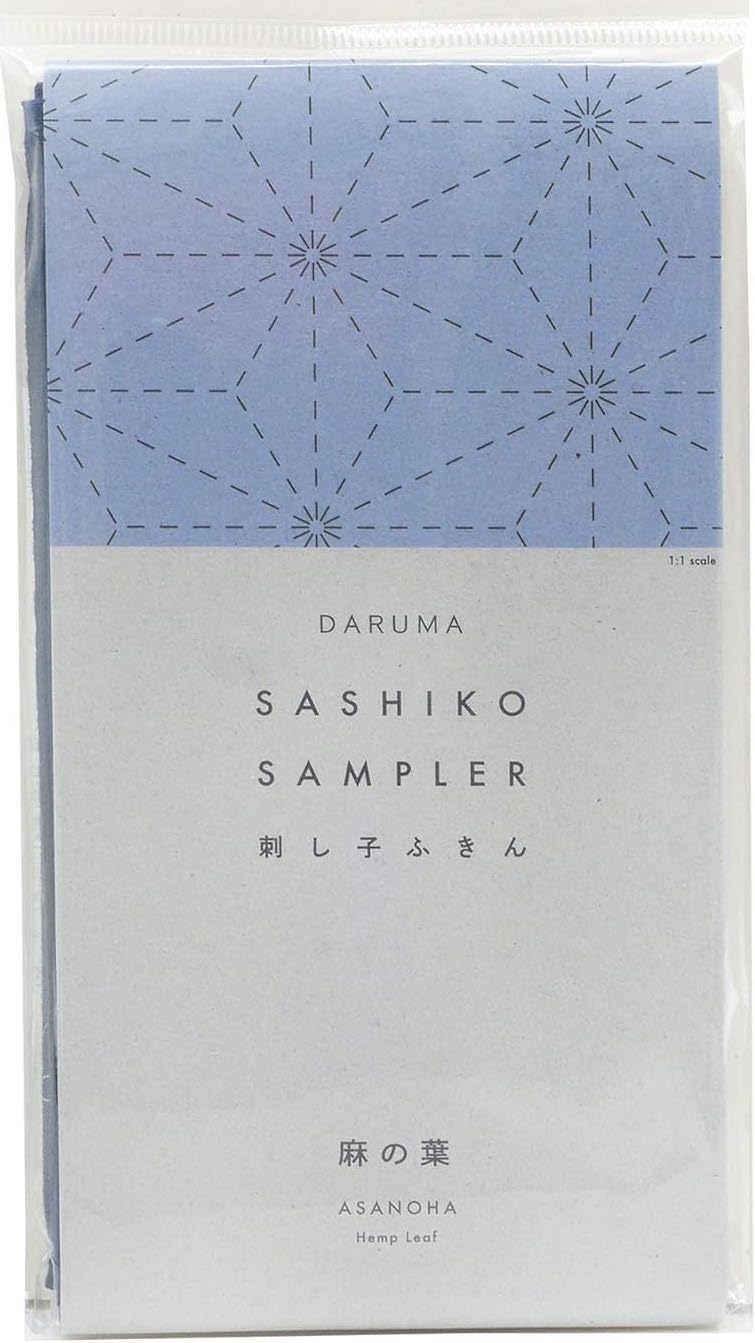
Pre-printed fabric by Daruma
If you want to do sashiko, but you don't want the hassle of drawing the pattern yourself, Daruma offers fabric that has the pattern printed on it. The lines wash out when you've finished stitching. Super easy!
Start sashiko!
Now that you have the 7 most commonly asked questions by a beginner answered, why don't you try sashiko?
All the information you need to get started with sashiko can be found here.
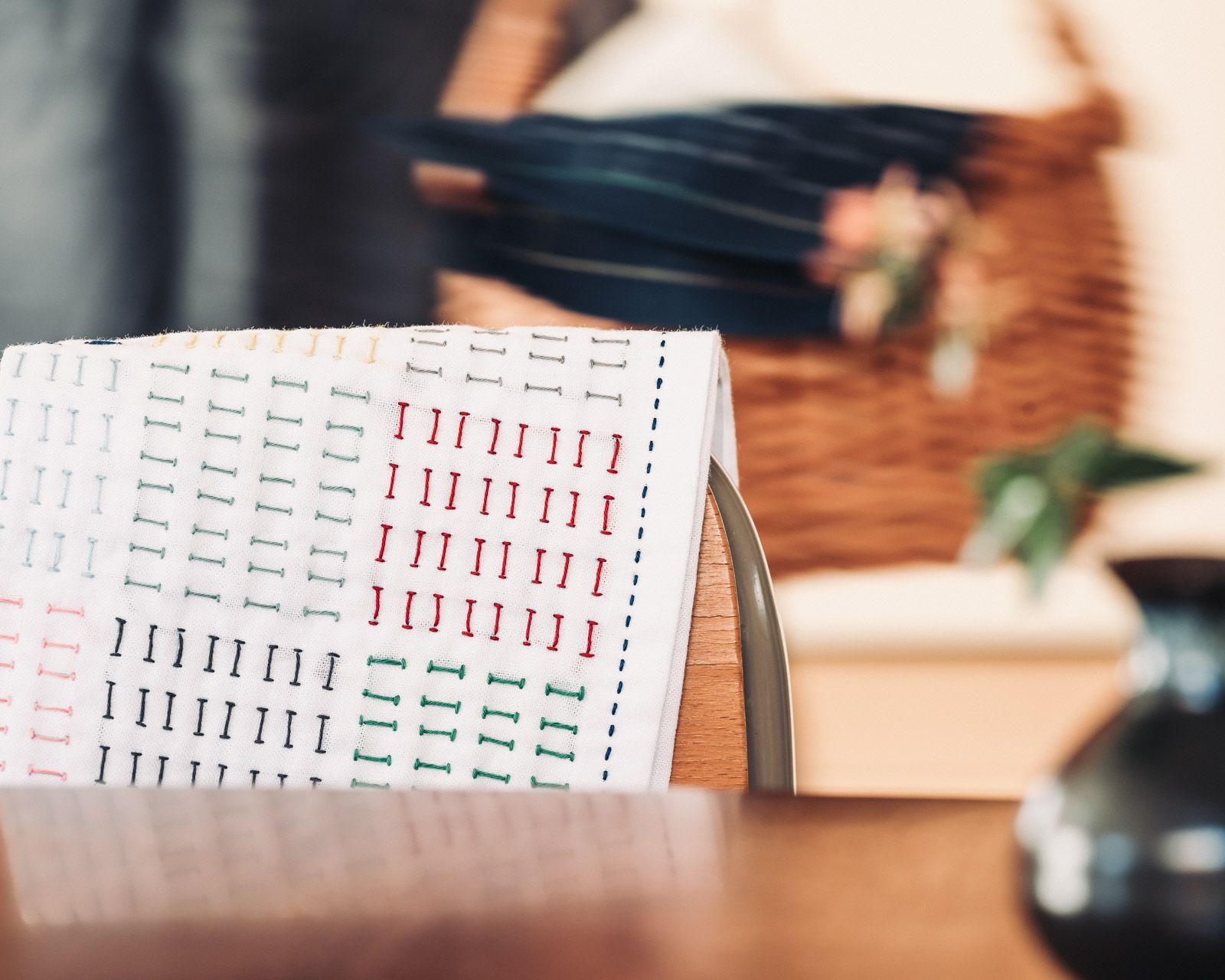

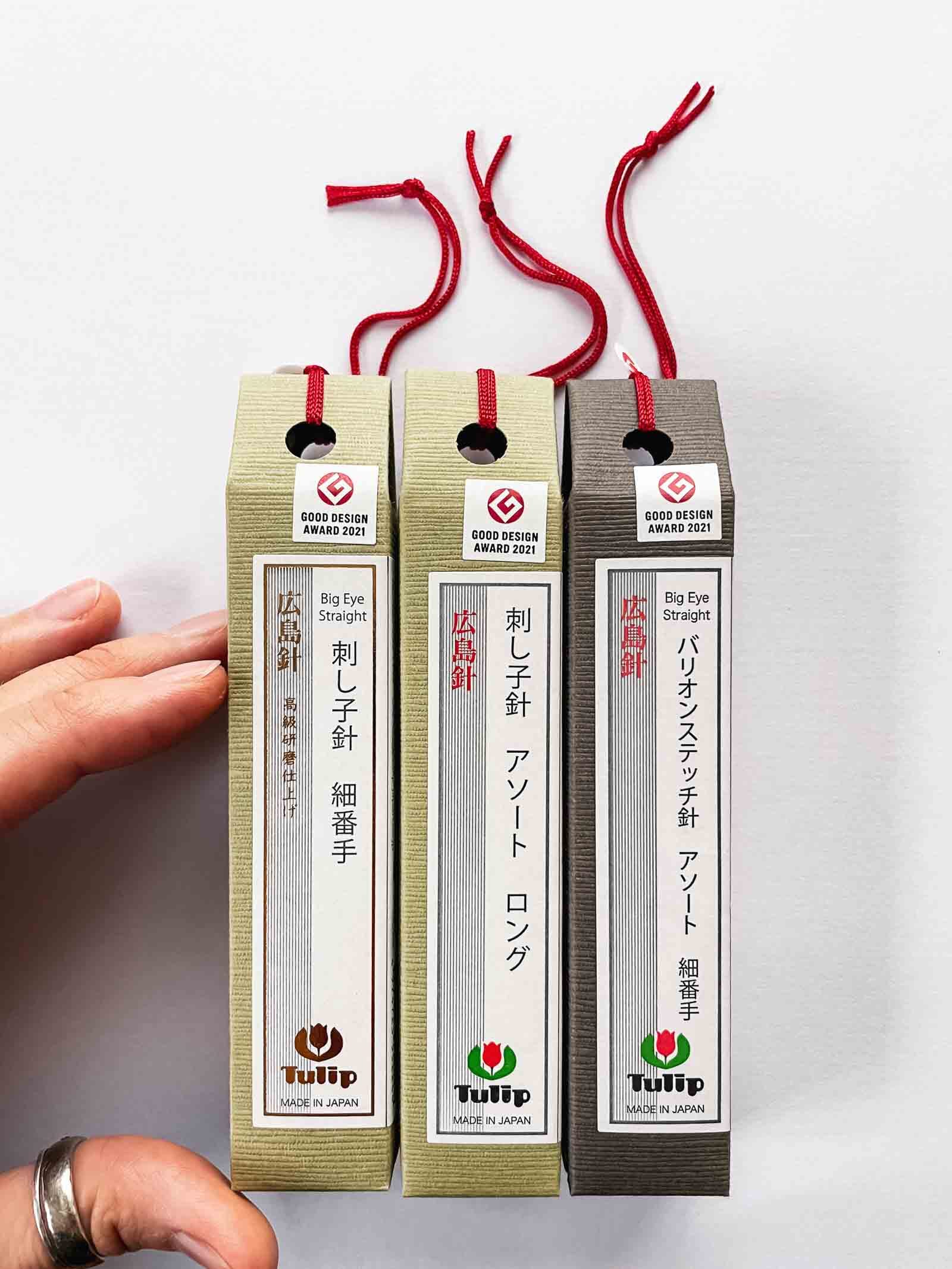
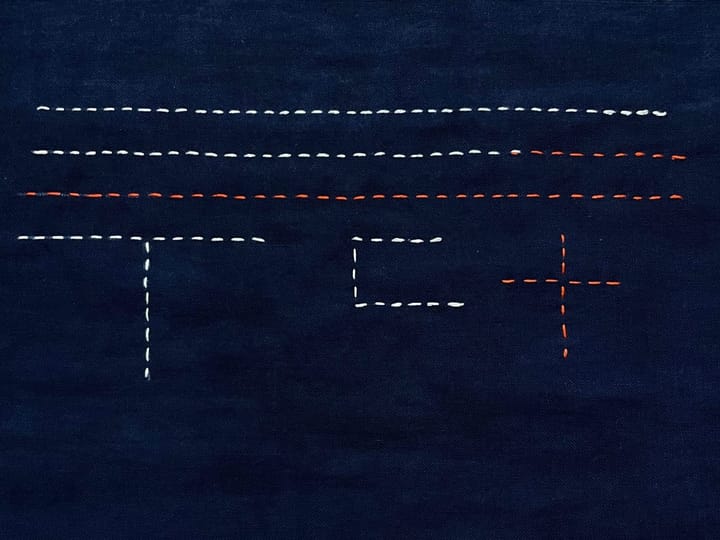
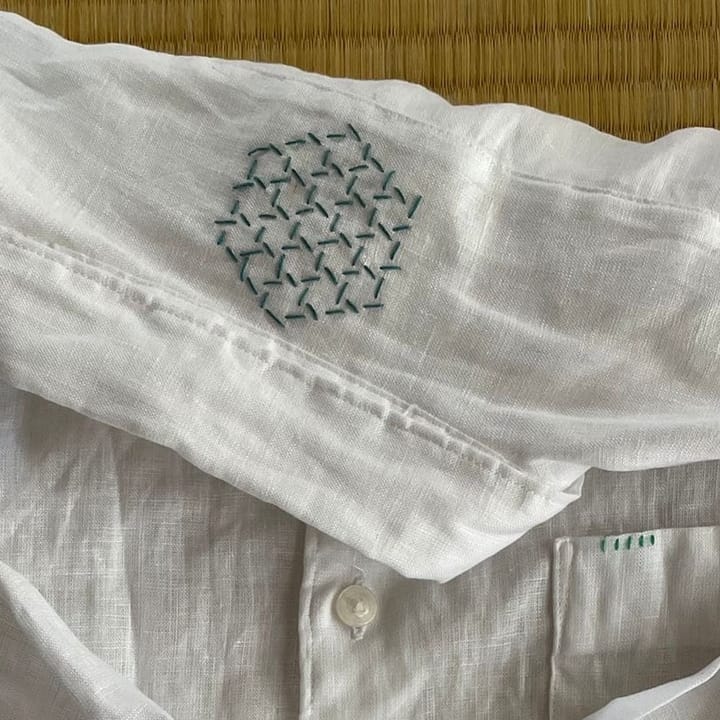

Comments ()